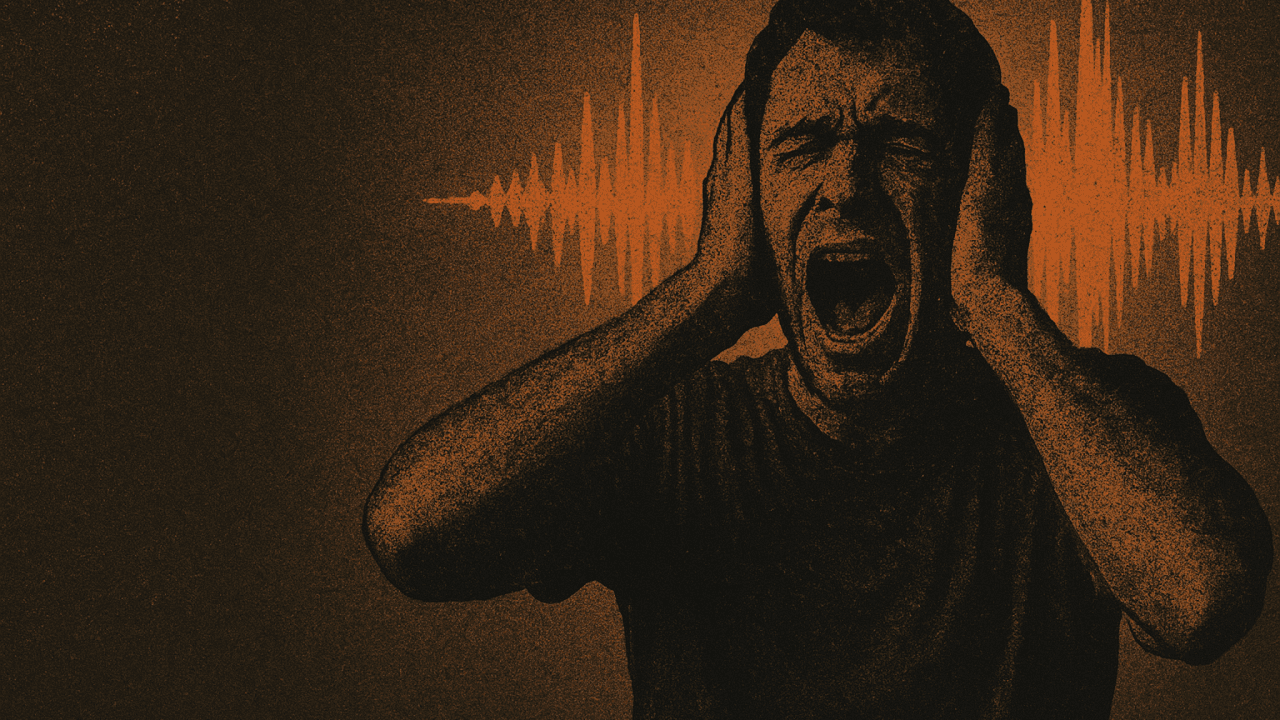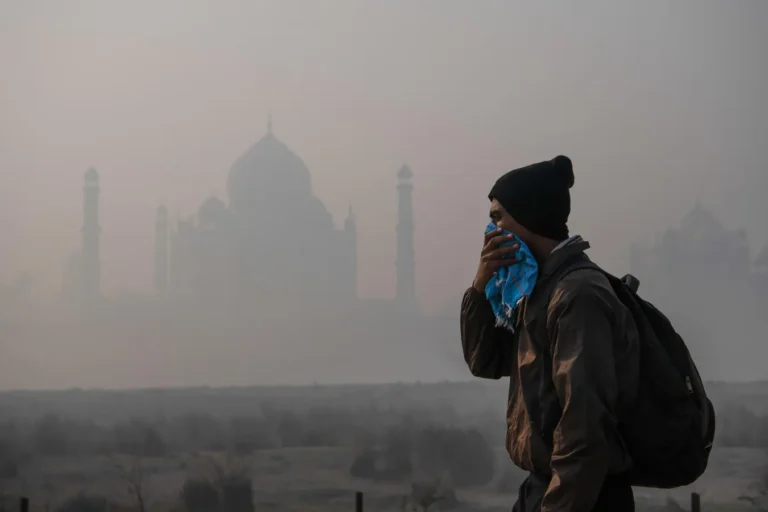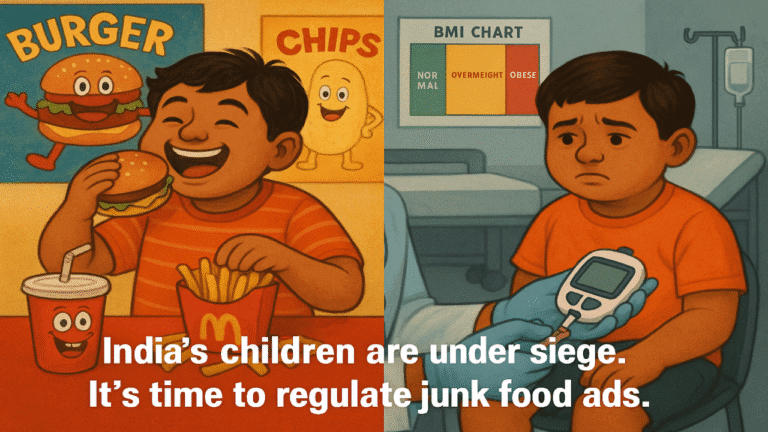The stories you would rather not read – The Silent Emergency
Ramesh doesn’t remember the last time he woke up naturally. For fifteen years, he’s lived in a ground-floor apartment on the Ring Road in Delhi, and for fifteen years, his mornings have begun the same way: jolted awake by the thundering convoy of trucks that starts at 5 AM. By 6 AM, the honking begins. By 7 AM, it’s a full symphony of chaos—car horns, motorcycle engines, construction machinery, and the metallic screech of brake pads that need replacing.
He’s 52 now. His blood pressure medication sits on the kitchen counter next to the instant coffee he drinks to fight the perpetual exhaustion. His doctor says stress is killing him. But Ramesh doesn’t feel stressed—not consciously. He’s adapted. He barely notices the noise anymore.
That’s the lie his brain tells him. Because his body? His body is keeping score.
Deep inside Ramesh’s adrenal glands, cortisol floods his bloodstream every time a horn blares. His sympathetic nervous system—the ancient fight-or-flight mechanism that kept his ancestors alive on the savanna—activates dozens of times per hour. His heart rate spikes. His blood vessels constrict. His insulin sensitivity decreases. Inflammation spreads through his arteries like rust.
Ramesh is not an outlier. He is the norm.
Across India, from the packed streets of Mumbai’s Dadar Junction to the construction zones of Bangalore, from the industrial corridors of Pune to the wedding season cacophony in Lucknow, crores of Indians live in what scientists call “chronic acoustic stress.” The Central Pollution Control Board’s own monitoring data reveals a staggering truth: 90% of urban monitoring sites exceed permissible noise limits. Not occasionally. Constantly.
Shouted a headline from “The Time of India” dated 22nd October on the noise levels during Diwali night. “You Heard It Right! 23 Of 26 Monitoring Stns exceeded Standard Decibel Levels: In Karol bagh, it was a scream! In Delhi, noise levels regularly hit 85 decibels in commercial areas. That’s louder than a vacuum cleaner running next to your ear—all day, every day. In residential zones where the legal limit is 55 decibels during the day and 45 at night, actual measurements show 65-75 decibels. The math is damning: we’re living in environments 10-20 decibels louder than what our biology can safely handle.
And decibels aren’t linear. They’re logarithmic. Every increase of 10 decibels represents a tenfold increase in sound intensity. When we say Delhi’s traffic is 80 decibels instead of the permitted 55, we’re not talking about being “a little loud.” We’re talking about being hundreds of times louder than safe.
Dr. Meera Sharma, a cardiologist at AIIMS, sees patients like Ramesh every day. “They come in with hypertension, diabetes, anxiety disorders,” she explains, reviewing yet another case file. “When I ask about their environment, the answer is always the same: traffic noise, construction noise, neighborhood noise. Their bodies are in a permanent state of alarm.”
The mechanism is well understood now. Chronic noise exposure activates the hypothalamic-pituitary-adrenal axis—the body’s stress response system. Cortisol and adrenaline levels remain elevated. Sleep architecture collapses; the deep, restorative stages of sleep that allow cellular repair and memory consolidation simply don’t happen when your brain is processing 70 decibels of traffic noise through the walls.
Without deep sleep, insulin resistance increases. Glucose metabolism falters. Weight gain accelerates. The risk of Type 2 diabetes climbs. A 2024 study in Mumbai found that residents in high-noise areas (above 75 decibels consistently) showed 40% higher rates of hypertension compared to those in quieter neighborhoods. Forty percent. That’s not a marginal difference. That’s a public health catastrophe hiding in plain hearing.
But the damage doesn’t stop at the cardiovascular system. Noise pollution is a neurological threat. Studies across Indian cities show correlations between chronic noise exposure and increased rates of anxiety disorders, depression, and cognitive decline. Children exposed to traffic noise show measurable deficits in attention, working memory, and reading comprehension. A comprehensive 2024 study published in the International Journal of Clinical and Experimental Physiology found that roadside schoolchildren in India exhibited significant impairment in cognitive function directly attributable to noise.
Yet we treat it as inevitable. As the price of “development.” As background inconvenience rather than biological assault.
Priya, a 34-year-old software engineer in Mumbai, has lived near the Western Express Highway for six years. She takes Zolpidem to sleep. She has migraines three times a week. Her eight-year-old daughter, Aanya, struggles to concentrate on homework. The school—just 200 meters from the highway—is designated a “Silent Zone” under Indian law, which mandates noise levels below 50 decibels. Actual measurements? 72 decibels during school hours.
“I asked the principal about it once,” Priya recalls. “She just shrugged. Said there’s nothing they can do. The traffic is outside. The construction is outside. As if that makes it acceptable.”
It doesn’t. Under the Noise Pollution (Regulation and Control) Rules, 2000, authorities are mandated to maintain noise standards. Silent zones must be enforced. Violators must be penalized. But enforcement is functionally non-existent. The laws exist in statute books. On the ground, they’re fiction.
Meanwhile, the health burden accumulates. Hospital admissions for cardiovascular events spike in high-noise areas. Prescription rates for anti-anxiety medication and sleep aids climb year over year. Audiologists report increasing cases of noise-induced hearing loss in younger patients—people in their twenties and thirties with the hearing profiles of sixty-year-olds.
This is the invisible epidemic. You can’t see noise. You can’t smell it. By the time you consciously notice it, your body has already been responding to it for hours. And unlike air pollution, which gets media attention and policy focus, noise pollution remains the neglected stepchild of environmental health.
But invisible doesn’t mean unreal. And neglected doesn’t mean unimportant.
Ramesh’s body knows. His elevated cortisol knows. His disrupted circadian rhythm knows. His inflamed arteries know. His compromised immune system knows. His shortened lifespan knows.
The question isn’t whether noise pollution is harming us. The science is settled. The question is whether we’ll continue to accept it as inevitable, or whether we’ll finally recognize it for what it is: a preventable public health crisis affecting millions.
Because here’s the truth that should terrify and motivate us: every honk, every engine roar, every construction drill isn’t just annoying. It’s damaging. Measurably, physiologically, irreversibly damaging.
And it doesn’t have to be this way.
In cities across the world—Barcelona, Oslo, Paris, Singapore—governments have chosen to prioritize acoustic health. They’ve installed noise barriers. Enforced silent zones. Redesigned streets. Regulated vehicles. Measured the results: reduced cardiovascular disease, improved sleep quality, better educational outcomes, higher quality of life.
India has the laws. India has the technology. India has the medical evidence. What India needs now is the will—political will backed by public demand—to transform our cities from acoustic war zones into places where human biology can actually thrive.
Ramesh shouldn’t need blood pressure medication at 52. Priya shouldn’t need sleeping pills at 34. Aanya shouldn’t struggle to learn in a classroom designated for silence but drowning in 72 decibels of chaos.
The invisible epidemic has a cure. It’s called enforcement. It’s called urban planning. It’s called giving a damn about the soundscape we force people to endure.
It’s called Quiet India for this SilentEmergency.
And it starts with making the invisible visible. With naming the crisis. With refusing to accept that this is just “how cities are.”
Because it’s not. It’s how we’ve chosen to let them be.
And we can choose differently.







